
 Choosing early care and education for your child is a big decision. Whether you’re a parent who works outside the home and needing child care or you’re a stay at home mom now considering a preschool experience, you have options. In many areas, you have a choice between a center or an in-home child care. By the time your child is 4 years old, you might also have the option of 4K or 4-year-old kindergarten.
Choosing early care and education for your child is a big decision. Whether you’re a parent who works outside the home and needing child care or you’re a stay at home mom now considering a preschool experience, you have options. In many areas, you have a choice between a center or an in-home child care. By the time your child is 4 years old, you might also have the option of 4K or 4-year-old kindergarten.
In our area, there are several centers and in-home child care providers. Some centers are stand alone buildings. Others are within church organizations. In home child care centers may be in one area of the provider’s home such as the basement or an added on space. Other providers incorporate the child care space into their living space.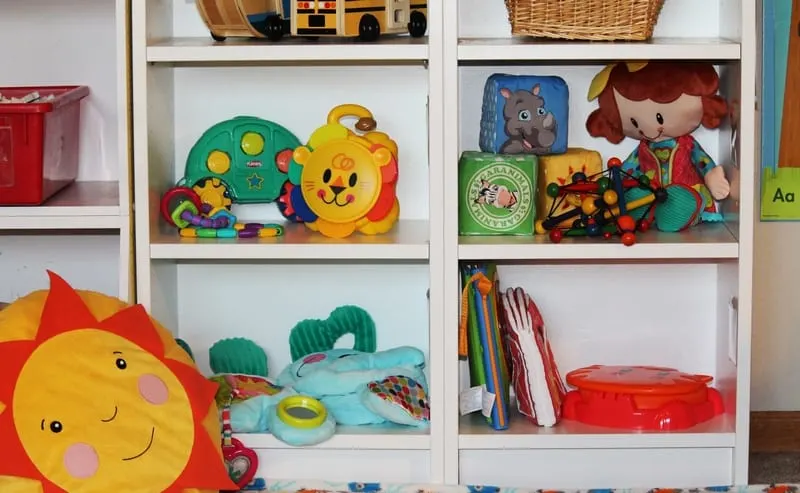
It might be called a day care or a preschool or child care and early learning center. All of these will offer child care and preschool experiences. You will need to check with each center to inquire about their programs and what they offer. Many incorporate educational experiences during the child care day. Preschool programs in centers or private homes may be just mornings or 2.5 hours/3 days a week. In addition to those programs you may need wrap around child care for before and/or after preschool.
Quality Child Care & Education When looking for child care or preschool, first you will want to find out how programs are regulated in your state. In some states, child care programs remain unregulated. In my state, law requires providers to be licensed if caring for more than three children (unrelated to you).
When looking for child care or preschool, first you will want to find out how programs are regulated in your state. In some states, child care programs remain unregulated. In my state, law requires providers to be licensed if caring for more than three children (unrelated to you).
Regulated child care provides a foundation for safe child care settings by conducting background checks, regular inspections and complaint investigations.
Types of regulated child care may include:
- certified – by the county, fewer children allowed and fewer regulations.
- licensed – by the state. More children allowed in care and more regulations.
Regulated child care might be found in homes, day care centers and churches.


In home providers often have the reputation of not being professional, however, this is changing. In home child care providers are not babysitters. They often have higher education specializing in early childhood. Regulated providers are required to obtain continuing education each year. Providers are also business owners and highly committed to their business and services provided. They are participating in training, conferences, webinars and college credit courses all year long. Many states also have quality improvement programs that providers are participating in, improving their education and child care environments.
What an In Home Preschool Looks Like

First of all, child care is preschool. Children are learning. It is a “pre-school” experience. All kinds of child care and preschools vary so you’ll want to find one that meets your needs best. So what does an in-home preschool look like?
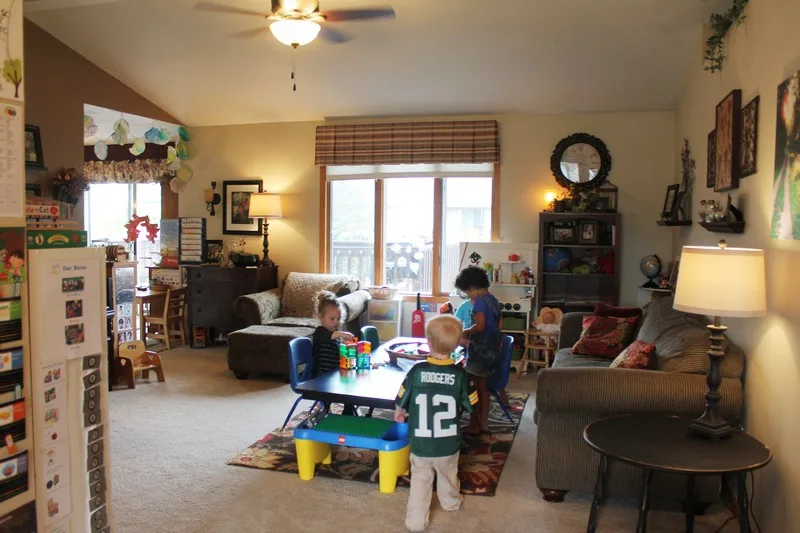 One on one.
One on one.
Usually, there’s just one teacher and a small group of children. Children benefit from one on one care and attention. Young children need individual care. There’s a comfort in the consistency of care from one provider. Your child will not get “lost in the shuffle” with a small group and personal relationships that develop between a provider and her group.
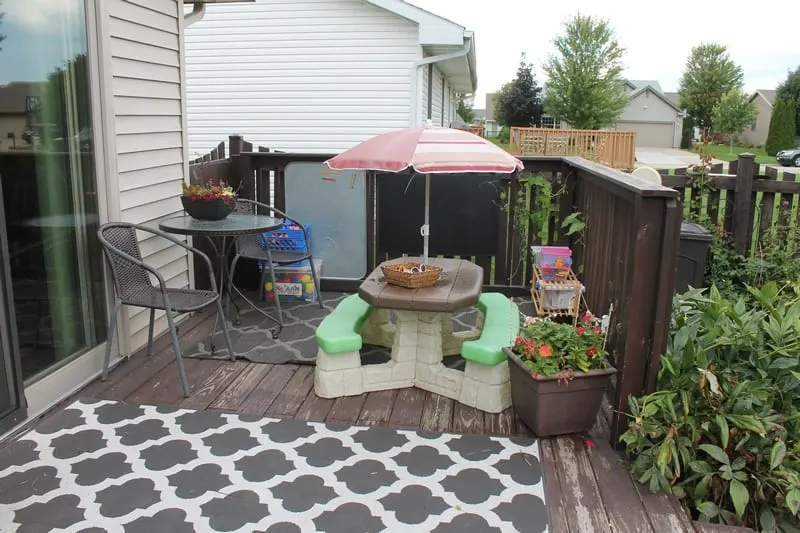
Babies perhaps benefit the most from in home child care. Usually, providers limit the number of infants in care due to the care they demand and licensing regulations ratios. It’s natural for an infant to be cared for one at a time. Home environments can be quieter and calmer for infants.
Children develop a special bond with their providers because they are often cared for long term. They are like another mom, aunt or special friend. They learn that the provider is their teacher.

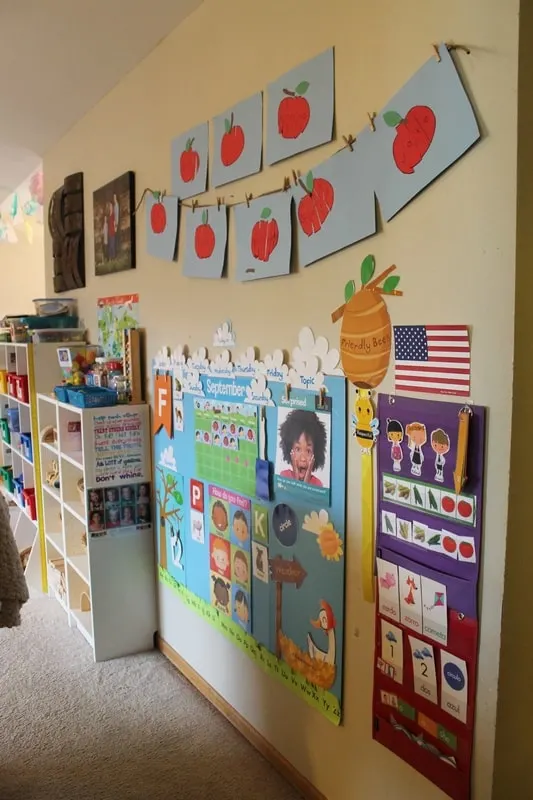
Providers are often found right in your neighborhood, making them close and convenient for drop off and pick up. Being nearby, you may know their friends, neighbors and have mutual acquaintances.
Parents also benefit from the one on one care that providers give to help raise their children. There is a bond of trust developed over the years as the provider cares for the child through all stages of their development.
Like a family.
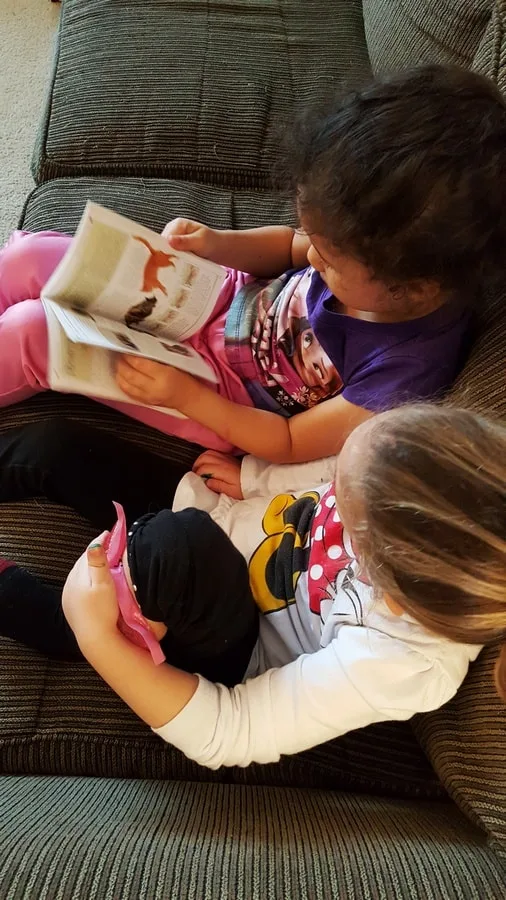
Child care families are like family. Providers and families get to know each other closely, allowing them to work together as a team. Even the families get to know each other and often connect on social media or on the weekends for their children to play together.
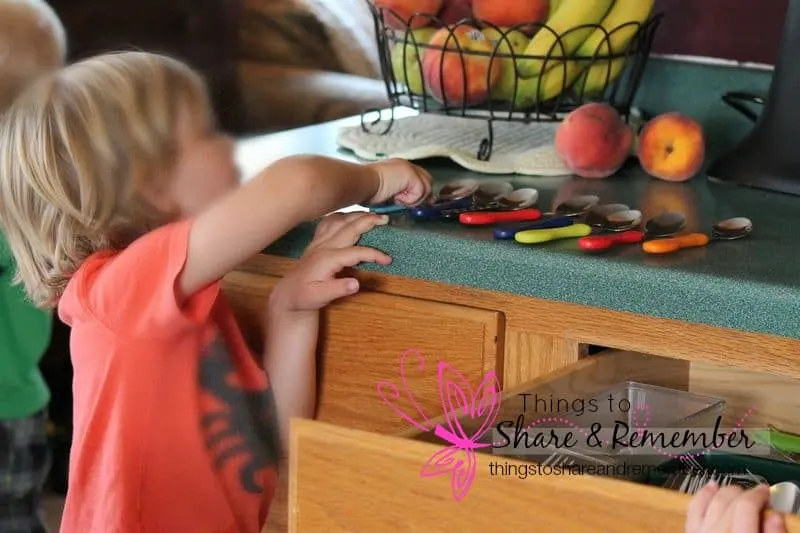
In home providers can share photos and texts throughout the day. There’s often immediate communication between provider and parent because they can take calls or text, which isn’t often allowed in centers. Relationships often last long past the term of care provided. Children also develop early friendships and learn social skills, like living within a large family, with children of a variety of ages. We celebrate each new friend, family addition, and birthdays.

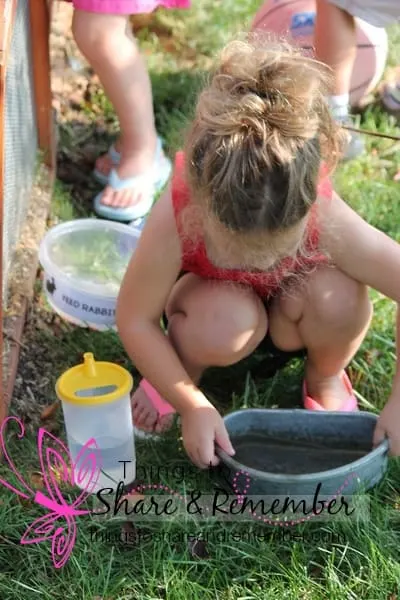
Lots of play.
Learning takes place! Children learn through play. This doesn’t mean the day should be a free for all. Look for a schedule and a routine. Child care providers are teachers. Some may be better than others of course, but standards in care are much higher in family child care than they were years ago.

Still, a child’s work is their play. They learn through play. Above all, the play environment should be safe. Licensed or regulated providers are more likely to have the safest environments due to the standards they must meet. Children should have lots of learning experiences and materials to work with, individually, as a group or within small groups. They should have outside play time, quality meals and snacks, as well as a rest time.

In home centers often have set ups similar to commercial centers or preschools. There are dramatic play areas, science/nature, sensory play, math activities and art centers. It may look more like a home environment with these materials dispersed throughout. Lots and lots of books and music. Novelty, new ideas, kindness and friendship.
In home child cares and preschools often plan curriculums, develop goals for your child’s development, observe, assess and document their growth as well as hold conferences and special events.
The comfort of home.
A family child care environment can be a “home away from home.” There’s the same familiar spaces as they have home. A specific napping place just for them, their own blankets and pillows. A home has a softness about it, with upholstered furniture, carpet and other soft furnishings. There may be pets, which introduce a whole other element of home and family.
Cost of Care
Of course, the cost of child care is always a concern. It must be considered when making a choice for your child. You may find in home care costs less than a center, which is often the reason parents choose in-home care. However, this is not always the case.
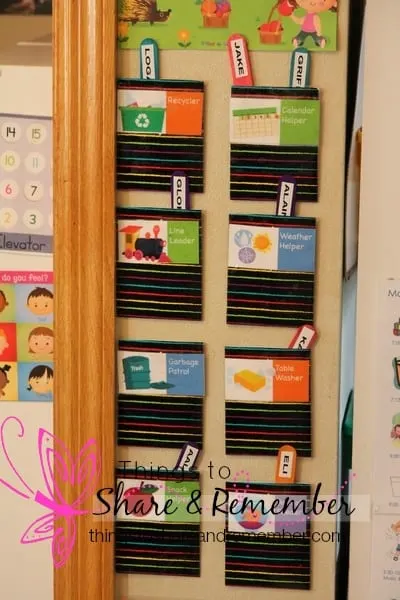
Consider that quality child care providers and preschool teachers often have degrees. They are held to the same standards as center providers, and often have even more responsibilities because they make the meals in addition to doing all the work of an administrator and a teacher.
I see parents excited about 4K and want to move their child from child care because it’s free. Yes, it’s true parents will not have the weekly or monthly expense of child care but it’s not free. It’s paid for by taxpayers. Also, remember it’s just 2.5 hours/day and often you will need to provide transportation to and from the school. You may also need wrap around care for before and after 4K. This means several transitions for your child throughout the day that you may or may not be available to provide.

Bottom line: child care is not cheap. Remember: it’s just a few years before your child goes to school. Are you going to quit your job, possibly give up a career path and opportunities you’ve worked for to stay home with your child? Or are you going to pay for high-quality care and education for your child? Providers are helping raise your child. They have a huge influence on your child’s future. Child care providers allow parents to go back to work. But they are teachers. They are educated. They are doing important work. It’s going to be your biggest cost and highest priority. For a few years. It’s worth it!

Need more reasons to choose in home care?
I find parents are anxious to get their child into a “real school”. Remember, it’s just a few short years and your child will be moving on to kindergarten at a public or private school. There will be plenty of time for bigger groups, field trips and a more institutional experience. There are quality in home child care providers and preschool teachers that can provide the experiences your child needs to develop and be ready for school. All in the comfort of a home, with personal relationships that can last a lifetime.
- 10 Things I’ve Learned About Family Child Care
- This Is Why Day Care Costs So Much
- Call child care staff what they are: teachers
- The Surprising Benefits of Child Care
- Why You Should Enroll Your Child in Child Care
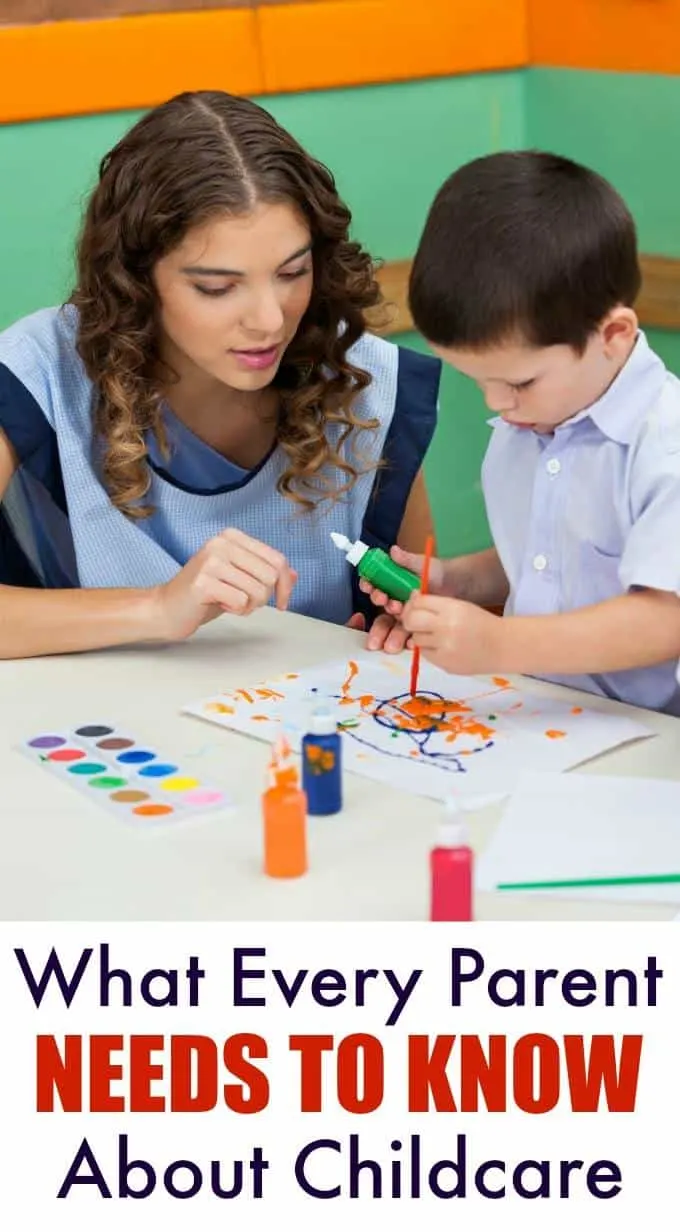
Read more in this series about What Every Parent Needs to Know About Childcare
5 Myths About Early Childhood Educators // Preschool Inspirations
What Does a Childminder Do? // Clare’s Little Tots
8 Truths About Home Daycare // Where Imagination Grows
More Than Just a Provider // Little Sprouts Learning
Not “Just” a Preschool Teacher // Stay At Home Educator

5 Myths About Early Childhood Education - Preschool Inspirations
Tuesday 14th of November 2017
[…] What an In-Home Preschool Looks Like // Things to Share and Remember […]
Why My Family Chose In-Home Care for our Preschoolers - Wonderschool Blog
Monday 11th of September 2017
[…] had never gone to a daycare or preschool before. It was such a special opportunity for him to go to small in-home school to start with his older brother. I never had tears from Oliver, it was such a beautiful transition […]
Not Just a Preschool Teacher - So Much More
Tuesday 6th of December 2016
[…] What an In-Home Preschool Looks Like // Things to Share and Remember […]
Nikita Arora
Monday 26th of September 2016
Your information is good and friendly this article very helpful for me. Thanks for the post.!
More Than JUST a Provider - Little Sprouts Learning
Monday 20th of June 2016
[…] Things to Share and Remember […]